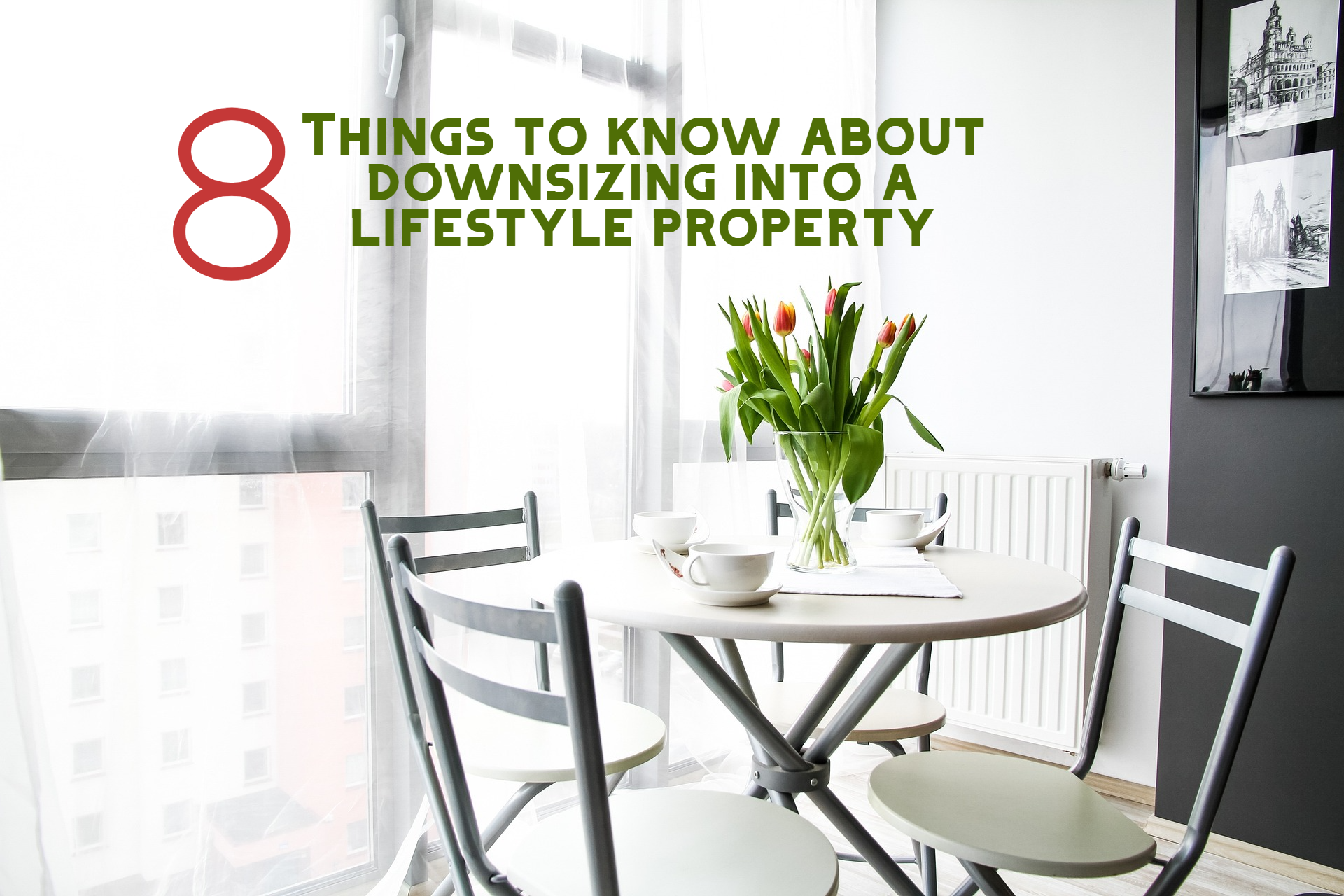8 things to know about downsizing into a lifestyle property
Downsizing into a lifestyle property is an exciting transition for many homeowners, offering a chance to simplify their lives and enjoy a more leisurely pace. Whether you’re approaching retirement, looking to reduce maintenance responsibilities, or seeking a change in scenery, moving to a lifestyle property can offer numerous benefits. Here are eight essential things to know about downsizing into a lifestyle property:
1. Assess Your Needs and Priorities
Before making the move, take time to assess your current and future needs. Consider factors such as the lifestyle you are hoping to create with a move, proximity to family, healthcare facilities, recreational activities, and social opportunities. Understanding what you value most will help you choose a property that aligns with your lifestyle goals.
2. Financial Planning
Downsizing can be a financially savvy move, but it’s important to plan carefully. Evaluate the costs associated with selling your current home and purchasing a new property. Factor in any potential renovations, moving expenses, and changes in living costs. Consult with a financial advisor to ensure you make informed decisions that support your long-term financial health.
3. Space Considerations
One of the main reasons for downsizing is to reduce the burden of maintaining a large home. However, it’s crucial to find a balance between downsizing and having enough space to live comfortably. For example, if you are downsizing into a lakefront condo association, you may still want to be able to invite the whole family to come stay & play! Consider how much space you truly need for your day-to-day activities, hobbies, and guests.
4. Decluttering and Simplifying
Moving to a smaller home means you’ll need to declutter and simplify your belongings. Start this process early by sorting through your possessions and deciding what to keep, donate, or sell. Focus on keeping items that add value to your life and fit into your new space.
5. Community and Lifestyle Amenities
Depending on the lifestyle, properties may come with community amenities designed to enhance your quality of life. Look for properties that offer features such as clubhouses, fitness centers, swimming pools, walking trails, and social clubs. These amenities can provide opportunities for socializing, staying active, and enjoying your hobbies. Alternatively, if the lifestyle you desire is quiet and surrounded by nature, amenities might be limited and you’ll want to make sure you still can access necessities in the larger community around you.
6. Maintenance and Upkeep
One of the key advantages of downsizing is reducing maintenance responsibilities. When choosing a lifestyle property, consider the level of maintenance required. Some communities offer maintenance services for landscaping, exterior repairs, and other tasks, allowing you to enjoy a worry-free living environment.
7. Accessibility and Future-Proofing
As you downsize, think about accessibility and how your needs may change over time. Look for properties with features such as single-story layouts, wide doorways, and step-free entrances. Future-proofing your home ensures it remains comfortable and functional as you age.
8. Resale Value and Market Trends
Finally, consider the resale value and market trends of the area where you’re purchasing your lifestyle property. Research local real estate trends and speak with a real estate agent to understand the potential for property value appreciation. Investing in a desirable location can provide financial benefits should you decide to sell in the future.
Downsizing into a lifestyle property can be a rewarding experience, offering the chance to enjoy a more manageable and enjoyable living situation. By carefully considering your needs, planning your finances, and selecting a property that aligns with your desired lifestyle, you can make a smooth transition and fully embrace this new chapter in your life.

